Lucia Perez Diaz: Expressing Earth with Art


Lucia Perez Diaz: Expressing Earth with Art
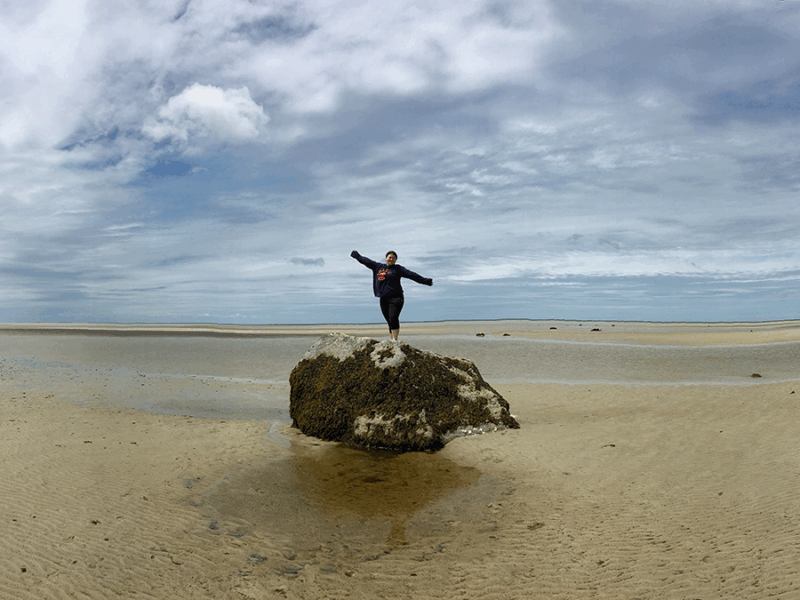
AGU Publications’ 2025 summer intern reflects on her experiences over the past three months and looks ahead to the future.
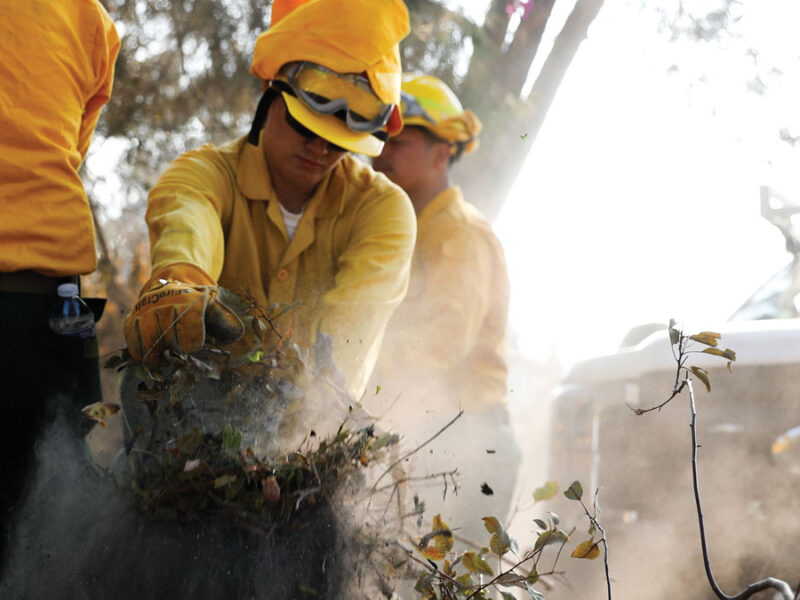
Utilizando los instrumentos de monitoreo existentes y nuevos, investigadores trabajan para comprender mejor la calidad del aire durante y después de los incendios forestales de Los Ángeles.
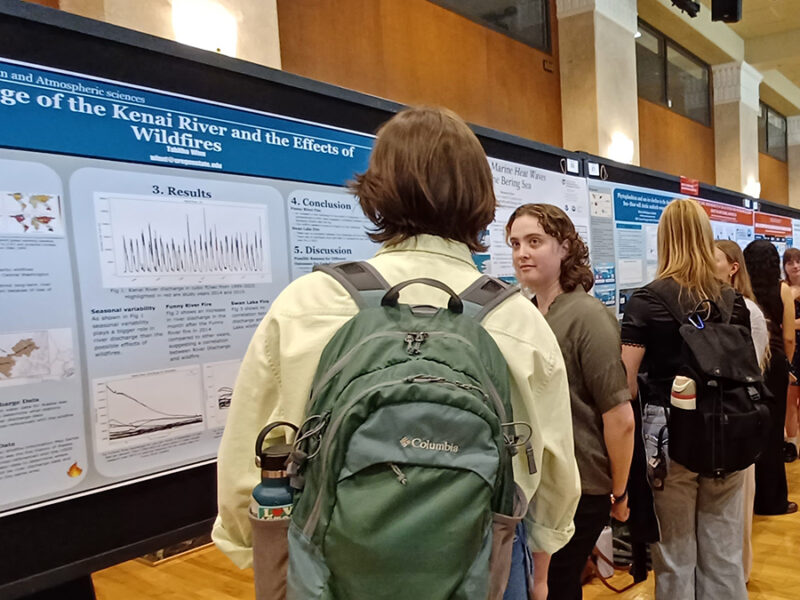
This program reimagined traditional undergraduate research experiences to lower barriers to participation and support students as they explored the whole arc of scientific research.
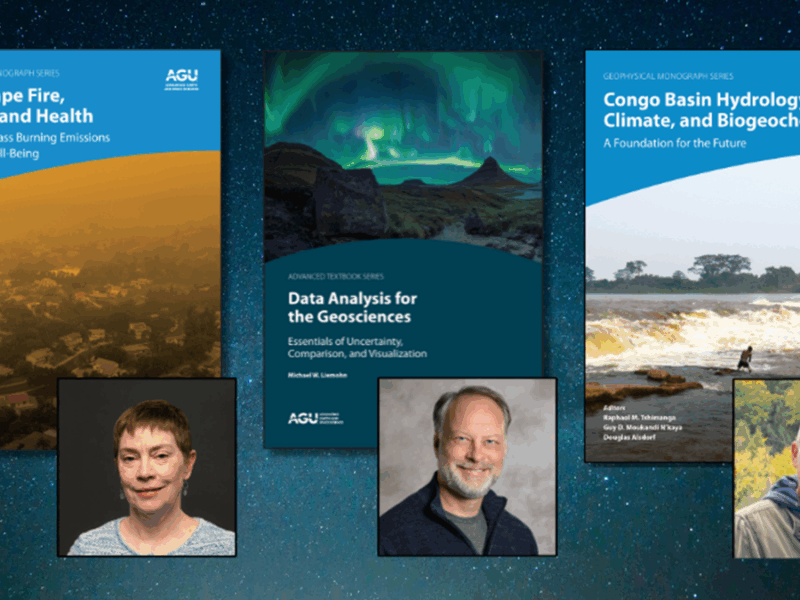
In the 3rd installment of career-focused articles, scientists who completed books as experienced researchers reflect on how their networks paved the way for—and grew during—the publishing process.
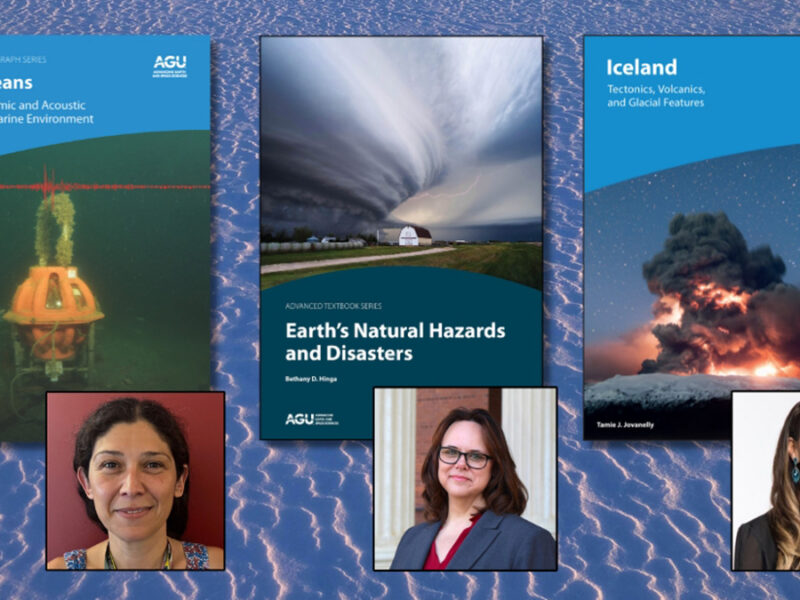
In the 2nd installment of 3 career-focused articles, scientists contemplate why a book project was the perfect addition to the dynamic middle stage of their professional journeys.
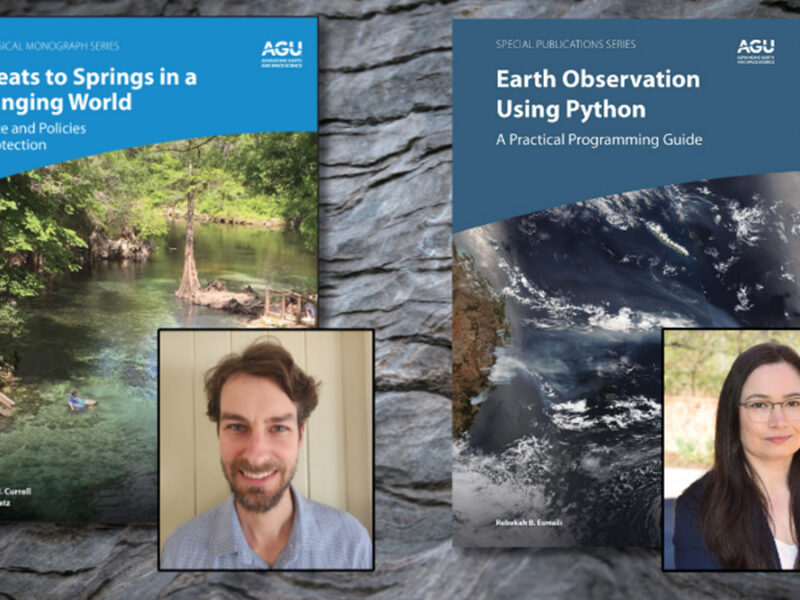
In the 1st installment of 3 career-focused articles, scientists who completed books as early-career researchers reflect on the positive outcomes the experience had on their professional development.

Getting scientists to engage in sessions about issues of scientific culture is challenging, but these best practices for meeting organizers can help.

Read about how 12 Earth and space scientists found paths in academia, business, government, and nonprofits.
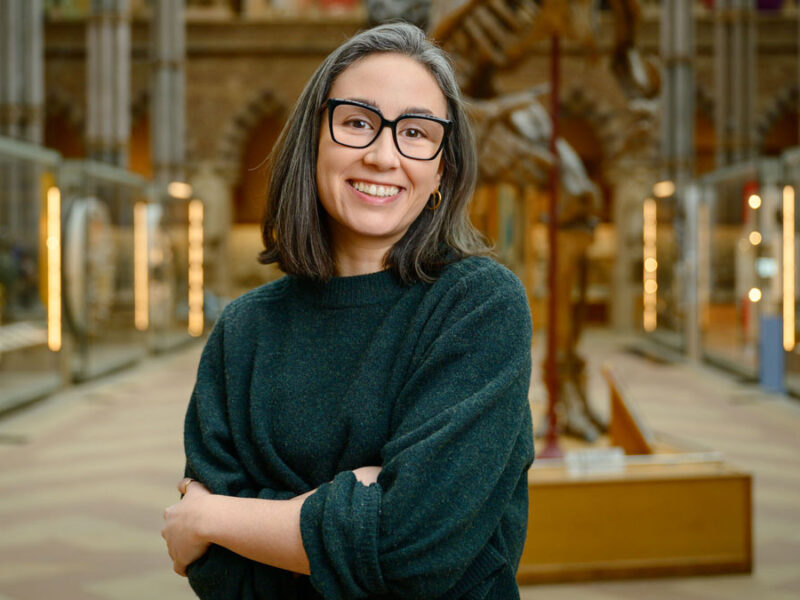
A geoscientist and illustrator finds artistic inspiration in plate tectonics and geodynamics.
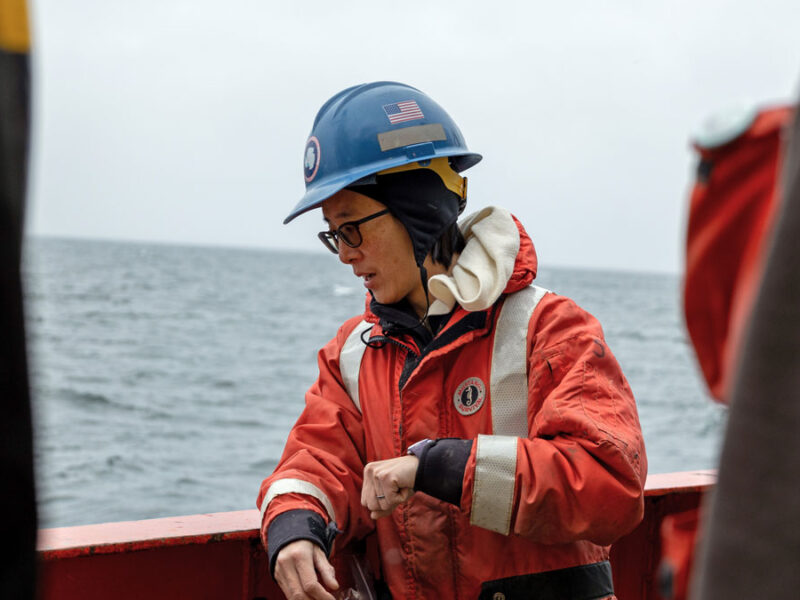
A generalist at heart, this geochemist is unraveling the mysteries of the ocean’s chemical cycling.
Something went wrong. Please refresh the page and/or try again.